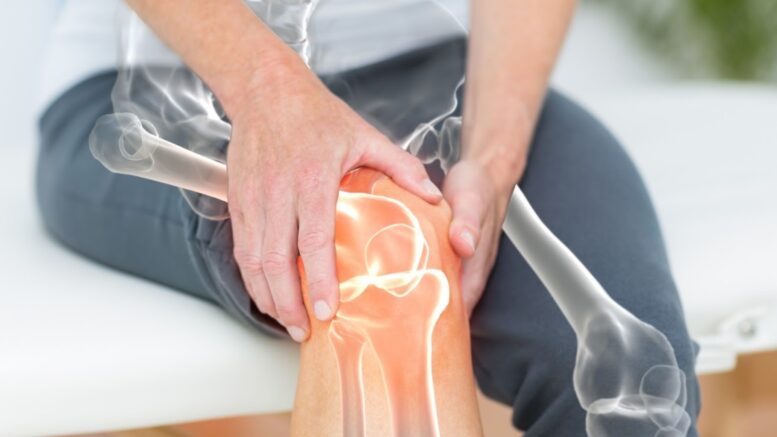Long term knee pain can severely affect your health and wellbeing. Most of the common knee pain issues can result from an injury or an underlying condition such as arthritis. Generally speaking, the treatment for knee pain depends on the cause. That said, there are remedies you can try to help in knee pain management. Let us look into some of the do’s and don’ts in handling common knee pain problems.
Do the RICE
The R.I.C.E method is a helpful and common way of handling knee pain particularly those caused by injuries. There is usually a period of swelling and inflammation around the affected spot that can impede daily activities. Well, the R.I.C.E treatment method helps to minimize inflammation, relieve pain and encourage healing. Let us expound more on this technique:
R stands for rest. Rest helps to reduce the risk for more injury. It helps to give the damaged tissues some time to heal. When you experience a knee injury, it is necessary to break from the activities that could be causing the knee pain.
‘I’ stands for Ice. Ice helps to reduce pain and swelling. Applying a cloth-wrapped ice pack to your knee will help to minimize the inflammation and hasten the recovery process.
‘C’ stands for Compression. Compression, either with an elastic bandage or using knee support, helps to reduce the swelling. It also increases the comfort levels. The compress approach you use should not be too tight-it could end up causing more swelling. Make it firm but not tight!
‘E’ stands for Elevate. Keeping your legs raised will help to increase circulation and reduce swelling. You can elevate the injured area by propping it with pillows. Essentially, you should keep your knee above the level of your heart.
Do use walking aids
Walking aids help to reduce pain since the weight is transferred off the knees. You can also use knee splints and braces to keep you stable. If you’re playing demanding sports such as those on the water, it would be necessary to get a knee brace for watersports to make sure you are safely having fun. Another alternative would be to use crutches. With crutches, you rely on your arms to propel you forward as you walk thereby, lessening the stress placed on your knees. You can replace your crutches with knee scooters that allow for better mobility. They could give you better comfort than using a standard crutch or a cane to aid in mobility.
Don’t rest too much
While it is important to rest after a knee injury, too much time off could make your muscles weaker. It is necessary to ease yourself into an exercise routine. Remember, this can only be done based on the advice from a doctor. Now, exercising will strengthen your muscles and encourage flexibility that helps to prevent further injury. Work on strengthening the muscles that support your knee to reduce the stress on your knees. The less strain there is on your knee, the better the chances for quicker recovery.
Remember to stretch your muscles to prevent further injury as you do the exercises. Also, don’t rush into an advanced exercise routine lest you do more damage to your knees. Start slowly and only go to the next level when you have a green light from your physical therapist.

Don’t overlook your weight
Whenever you gain any extra weight, you will tend to give the joints more work to do. In fact, excess weight and obesity are known to increase the risk for common knee pain problems. This is why losing those extra pounds could reduce the strain on your knees and manage long-term pain knee issues. So, try to eat healthily and do some exercise to keep the weight off.
Final Remarks
Knee pain can be very debilitating. It is hard to go about your day while dealing with persistent pain hampering your mobility. It helps to have a few tips up your sleeve to help you manage the pain. It is also important to seek medical help for any persistent knee issues.
